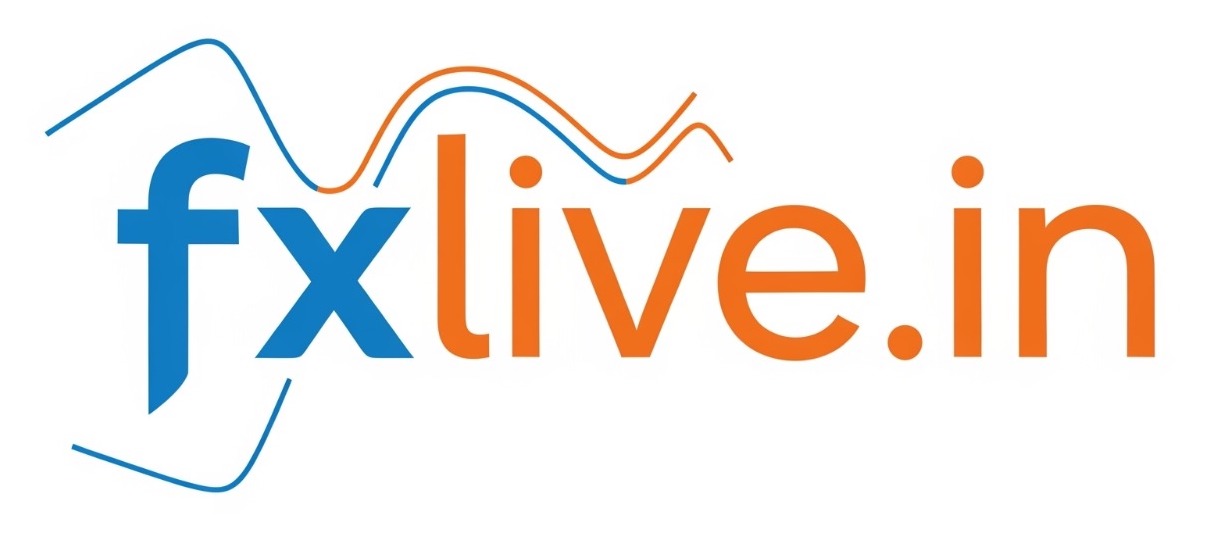Jai Siya Ram
1. Signs of Stagflation Rising
The Financial Times reports a return to stagflation — where economic growth stalls even as inflation rises. Key economic indicators are weak: a disappointing July jobs report, slowing consumer spending, contracting PMI data, and persistently high tariffs averaging 18.6% are weighing on GDP growth and job creation.
2. Inflation & Sluggish Hiring
The Guardian highlights that in July, U.S. consumer prices rose 2.7% YoY, driven in part by Trump-era tariffs. Core inflation edged up to 3.1%, with industries like dining, used vehicles, housing, and medical care seeing notable price hikes. These rising costs are hitting hiring: job growth for May and June was significantly revised down—from 291,000 to just 33,000—indicating tariffs have bottlenecked employment recovery.
3. Manufacturing Threatened in Michigan
Michigan Governor Gretchen Whitmer privately warned President Trump that heavy tariffs—50% on steel/aluminum and 25–30% on auto parts—are jeopardizing roughly 600,000 manufacturing jobs connected to automakers like GM, Ford, and Stellantis. Some 7,500 jobs have already been lost since Trump returned to office.
4. Stagflation-lite on the Horizon
Business Insider is sounding alarms about a “stagflation-lite” scenario—economists see inflation rising because of tariffs while job gains remain sluggish. Employment added just 73,000 jobs in July, and previous months were revised downward. Continued claims of unemployment are also climbing.
5. Jobless Claims Near Pandemic Highs
The Washington Post notes that nearly 2 million Americans are now receiving unemployment benefits—the highest level since November 2021. Although the headline unemployment rate is relatively stable at 4.2%, the duration of joblessness is increasing, fueled by tariff-driven uncertainties, federal spending cuts, and restrictive immigration policies.
Summary: Are Americans Losing Jobs Because of Tariffs?
Yes. The latest data paints a clear picture:
- Tariffs are inflating costs for businesses and consumers.
- Hiring remains weak, with revised job numbers and flat payroll gains.
- Certain regions and sectors—especially manufacturing in Michigan—are already shedding jobs.
- Stagflation concerns are rising, with inflation ticking up and jobs growth lagging.
Let me know if you’d like comparisons across states, industries, or an analysis of potential policy responses.

